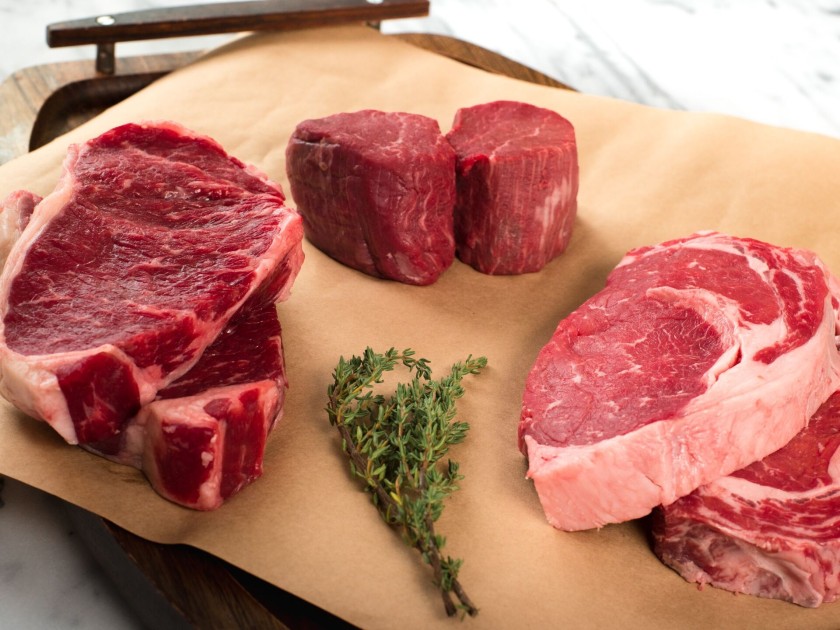Entrepreneur Scott Lively has held several executive positions in the organic beef industry, including his current role as founder and president of sustainable food company PureLand America. An active member of consumer advocate firm Eat American, Scott Lively is particularly passionate about sustainable farming practices that benefit the land, the cattle, and the nutritional content of organic beef.
Because a cow’s diet influences the nutritional composition of the beef, it is important to know what your cow was fed. Grass-fed cattle live on grasslands, and eat grass and other foliage. Because it takes longer for them to reach slaughter weight, this type of beef is more expensive. Grain-fed cattle live in feedlots and are typically given a corn or soy-based diet, which fattens them quickly for slaughter.
Grass-fed beef has fewer Omega-6 fatty acids, which can lead to inflammation and inflammatory disease when it is present in excess. It also has more Omega-3 fatty acids, which have been shown to lower risk for high blood pressure and heart disease, as well as help stave off depression. Additionally, grass-fed beef has twice as much conjugated linoleic acid, which might contribute to heart health. Generally, grass-fed beef is raised with fewer herbicides and pesticides, as well as with fewer hormones and antibiotics.
